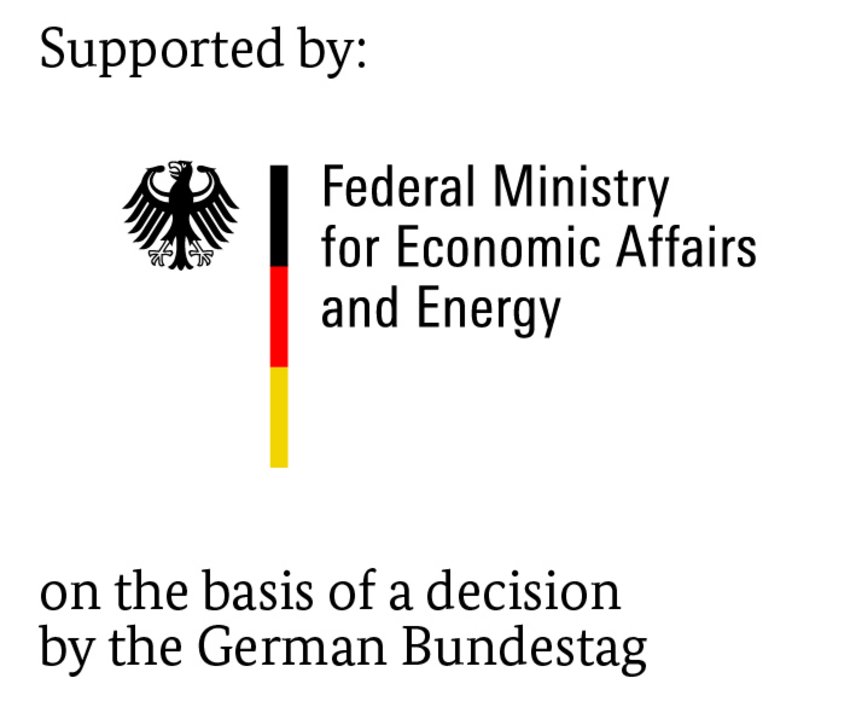The slab test and the CDF method according to DIN CEN/TS 12390-9 are modified so that they can be used for the evaluation of XF2 concretes. One basis for this is provided by the damage mechanism of the so-called glue spall theory according to Gulati and Hagy [1] rsp. Valenza and Scherer [2] (see Figure 1). The degree of attack of the frost-thawing salt stress can be attenuated over the ice layer thickness (see Figure 2). The further test parameters should be selected so that a connection to the practical behaviour can be ensured with simultaneously high precision.
Testing the freeze-thaw resistance with de-icing agents of concrete for exposure class XF2
The aim of the research project is to develop a practical method for testing the freeze-thaw resistance of XF2 concretes.
Background and goals of the research project
In particular, small and medium-sized enterprises with limited R & D and laboratory capacities will find it useful to develop a test method for XF2 concretes. Smaller companies in the building materials industry can more easily evaluate the suitability of new building materials. Market entry barriers will be lowered and it will be easier for companies in the ready-mixed concrete and precast industry to optimize their XF2 concretes. In addition, especially medium-sized cement producers can be supported by the derivation of descriptive application rules for new cements with several main components at market introduction. The application security for the contractors is increased and the complaint risk is lowered.
[1] Gulati, S.T.; Hagy, H.E. (1982): Analysis and Measurement of Glue-Spall Stresses in Glass-Epoxy Bonds. Journal of the American Ceramic Society, Jahrgang 65, Heft 1, S. 1-5.
[2] Valenza John, J; Scherer, George W.: Mechanism for Salt Scaling, Journal for the American Ceramic Society 89, p. 1161 – 1179 (2006)
[3] Müller, Matthias; Ludwig, Horst-Michael (Bauhaus-Universität Weimar, F.A. Finger-Institut für Baustoffkunde, Weimar): “Glue spall” – Ein geeignetes Modell für den Frost-Tausalz-Angriff? 58. Doktorandensymposium auf dem Forschungskolloquium des DAfStb, Kaiserslautern 20./21. September 2017
Project partners
Sponsors

The IGF project 19823 BG of VDZ Technology gGmbH is supported by the AiF within the framework of Industrial Collective Research (IGF) of the Federal Ministry of Economic Affairs and Energy on the basis of a decision of the German Bundestag.
